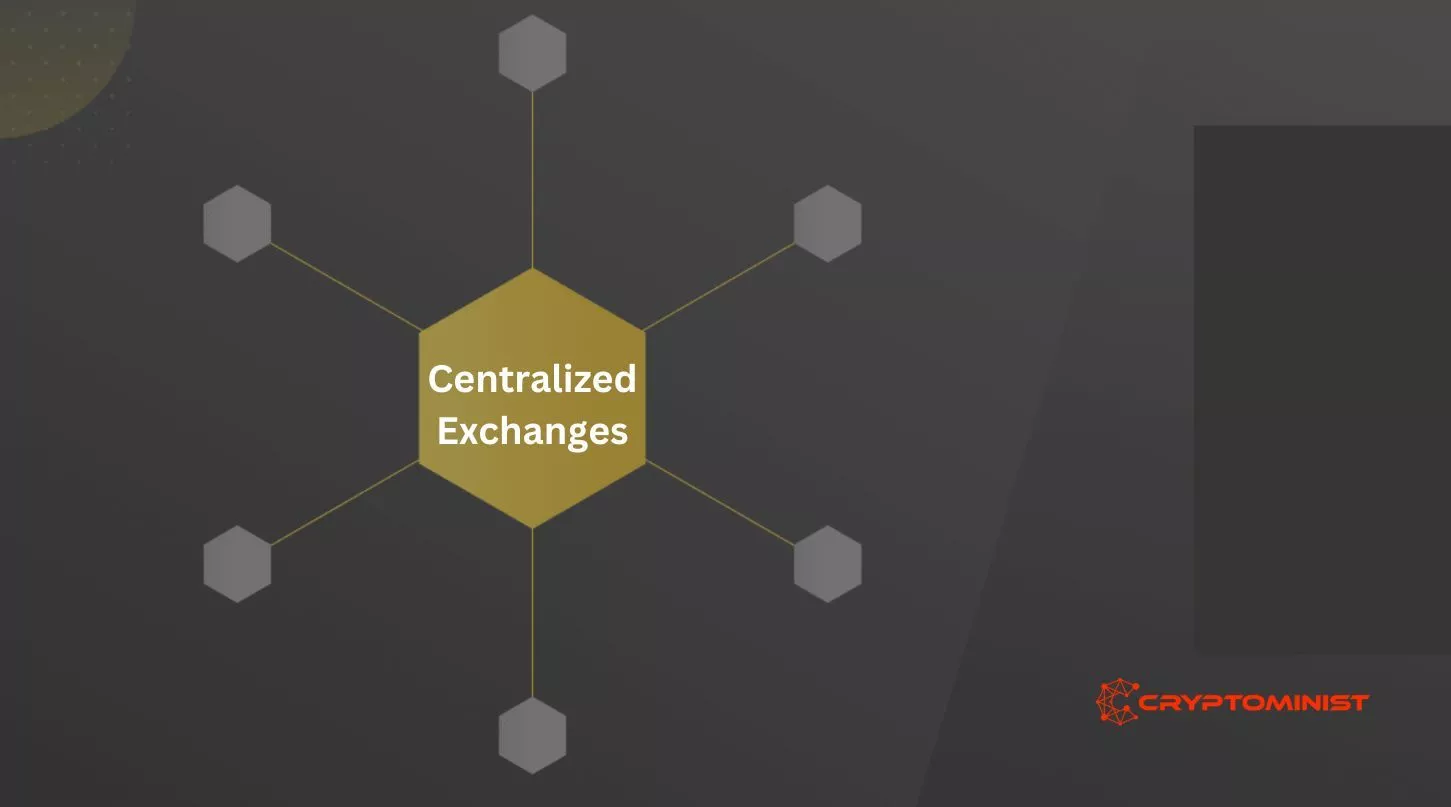Centralized exchanges (CEXs) play a pivotal role in the world of cryptocurrency by serving as the primary platforms for buying, selling, and trading digital assets. These exchanges offer a familiar gateway to the crypto universe, facilitating the exchange of cryptocurrencies for traditional fiat currencies like the US dollar or the Euro. But what exactly are centralized exchanges, how do they work, and what are their advantages and disadvantages? Let’s delve into the intricacies of centralized exchanges.
What are Centralized Exchanges?

Centralized exchanges are online platforms that act as intermediaries for cryptocurrency transactions. They serve as marketplace operators, connecting buyers and sellers of digital assets. In essence, they perform the same function as traditional stock exchanges but in the realm of cryptocurrencies. Centralized exchanges are centralized because they have a central authority that manages the order books, matches buy and sell orders, and provides a secure environment for users to trade digital assets.
How Centralized Exchanges Work?
- User Registration: To begin trading on a centralized exchange, users must create accounts. Registration typically involves providing personal information and adhering to know-your-customer (KYC) and anti-money laundering (AML) requirements, ensuring compliance with regulations.
- Deposits: Users deposit their cryptocurrencies into their exchange wallets. These assets can then be used for trading or exchanged for other digital or fiat currencies.
- Trading Pairs: Centralized exchanges offer a variety of trading pairs, allowing users to trade one cryptocurrency for another or for fiat currency. For instance, a popular trading pair might be Bitcoin (BTC) and Ethereum (ETH), allowing users to exchange BTC for ETH or vice versa.
- Order Matching: When a user places a buy or sell order, the exchange’s order matching engine processes these orders, matching buyers with sellers based on price and quantity. Once a match is found, the trade is executed.
- Order Books: Order books display current buy and sell orders for a particular cryptocurrency. Traders can see the best available prices and volumes to make informed decisions.
- Security Measures: Centralized exchanges implement various security measures, such as two-factor authentication (2FA), encryption, and cold storage for assets. These measures aim to protect users’ funds and data.
- Trading Fees: Centralized exchanges charge trading fees, which vary based on factors like trading volume, maker/taker status, and more. Fees contribute to the exchange’s revenue.
- Withdrawals: After trading, users can withdraw their assets from the exchange to their personal wallets.
Advantages and Disadvantages of Centralized Exchanges
Here are the advantages and disadvantages of centralized exchanges:
|
Centralized Exchange Advantages |
Centralized Exchange Disadvantages |
| Liquidity: Centralized exchanges typically have higher liquidity, meaning there are more participants and trading volume. This provides traders with better opportunities for executing orders at desired prices. | Custodianship: When you deposit funds on a centralized exchange, you are essentially entrusting a third party with your assets. This reliance on the exchange’s security can be risky. |
| User-Friendly: CEXs offer an intuitive and user-friendly interface that appeals to beginners and experienced traders alike. They often provide mobile apps for trading on the go. | Security Risks: Although CEXs implement security measures, they remain prime targets for hackers. High-profile hacks have resulted in the loss of significant amounts of cryptocurrency. |
| Security Features: Centralized exchanges invest in robust security measures to safeguard user funds and personal data. Many employ multi-signature wallets and employ security experts to protect against breaches. | Privacy Concerns: Centralized exchanges typically require users to disclose personal information, potentially compromising their privacy. |
| Regulatory Compliance: Many CEXs comply with regulations, including KYC and AML procedures. This enhances the credibility of the exchange in the eyes of regulators and institutional investors. | Control: CEXs have the power to halt trading or restrict withdrawals, as seen in certain situations involving regulatory pressure or maintenance issues. |
| Customer Support: Centralized exchanges often offer customer support to assist users with any issues, enhancing the overall user experience. | Fees: Centralized exchanges charge fees for trading, withdrawal, and other services, which can add up for frequent traders. |
| Centralization: The core principle of decentralization, which cryptocurrencies are built upon, is contradicted by the centralized nature of these exchanges. Centralization goes against the ethos of blockchain technology. |
What are examples of Centralized Exchanges?
Here are some examples of centralized exchanges:
- Coinbase: A user-friendly exchange known for its ease of use, Coinbase is one of the most popular options for beginners.
- Binance: Binance is one of the largest crypto exchanges by trading volume and offers a wide range of cryptocurrencies.
- Kraken: Kraken is known for its robust security features and a wide variety of trading pairs.
- Bitstamp: Bitstamp is one of the longest-standing exchanges, known for its reliability and compliance with regulations.
Conclusion
Centralized exchanges serve as crucial gateways for the vast majority of cryptocurrency traders and investors. They provide ease of use, liquidity, and a wide range of features. However, these advantages come with trade-offs in terms of control, security, and the spirit of decentralization. Traders should weigh these pros and cons when choosing the right exchange to suit their needs and consider the level of risk they are comfortable with when depositing their assets on centralized platforms.
If you like reading the above article, you may also like reading:
WHAT ARE DECENTRALIZED EXCHANGES?
CENTRALIZED VS. DECENTRALIZED EXCHANGES: SIX DIFFERENCES TO CONSIDER